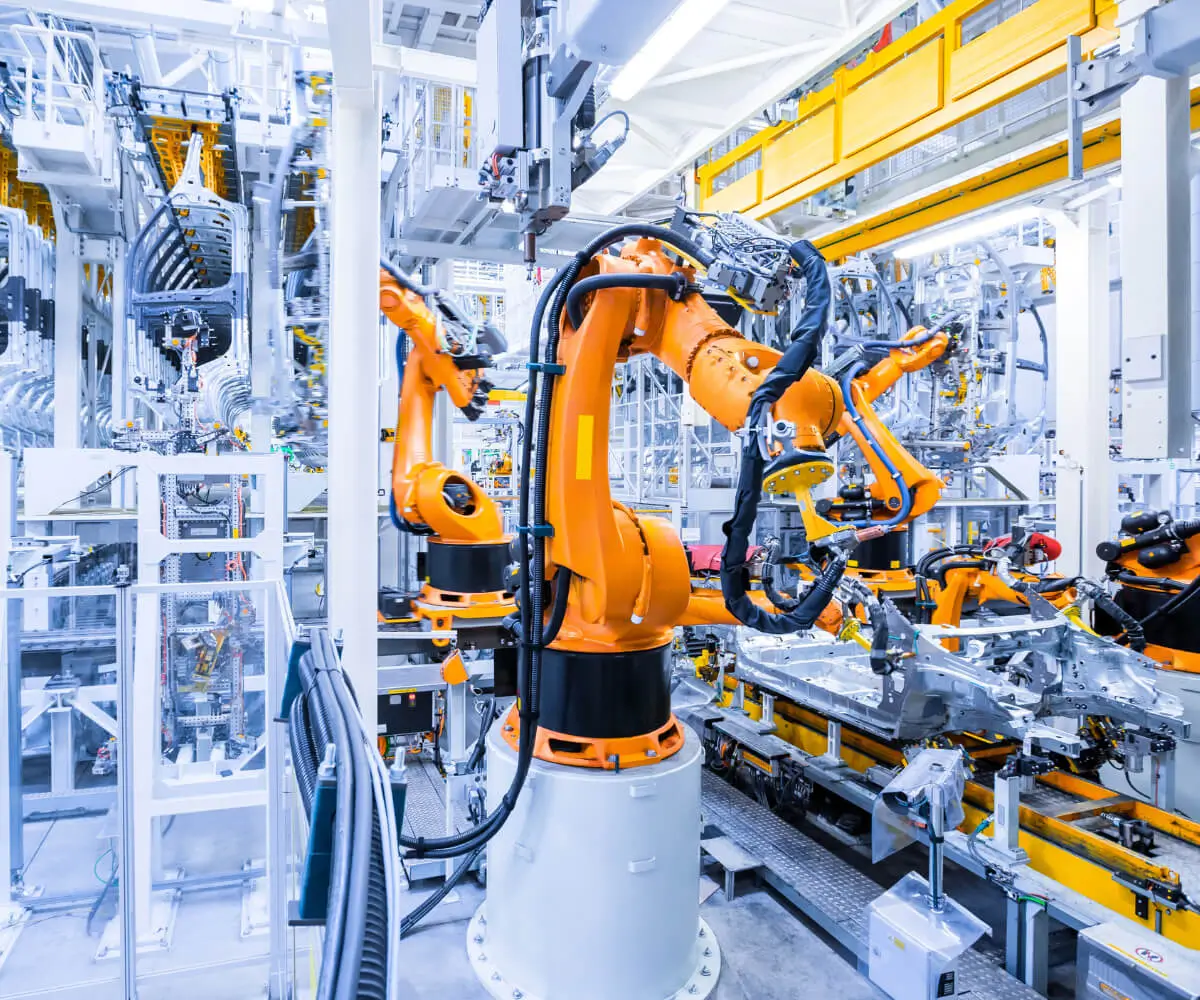Imagine a device that offers the seamless, continuous rotation you need, without the cumbersome limitations of traditional motors. That’s exactly what a servomotor de 360 grados brings to the table — a marvel of engineering designed to push the boundaries of rotational control and precision.

At its core, a 360-degree servomotor is a type of motor engineered for continuous rotation, capable of spinning endlessly in either direction with remarkable accuracy. Unlike conventional servomotors that typically have limited rotation angles—often around 180 or 270 degrees—this motor opens up a world of possibilities by allowing for an unobstructed full circle of motion.
This technology finds its roots in robotics, automation, aerospace, and even entertainment, where the ability to rotate smoothly and precisely 360 degrees or more is fundamental. Think of robotic arms in manufacturing lines that need to pivot around objects or camera systems that require panoramic movement; the 360-degree servomotor makes these tasks not only feasible but highly efficient.
But what makes this motor so special? Beyond its sheer rotational freedom, it offers incredibly fine control over position, speed, and torque. When paired with sophisticated sensors and controllers, it can execute complex movements with a level of finesse that previously belonged to only the most advanced machinery. For applications like robotic joints, camera gimbals, or even wind turbines, this level of control significantly enhances performance and reliability.
Furthermore, modern 360-degree servomotors are often integrated with smart feedback systems—such as encoders and Hall sensors—that continuously monitor their position and adjust their operation in real-time. This ensures that the motor’s movement remains accurate, repeatable, and responsive to changing conditions. Such features are what set apart high-end servomotors from simple continuous rotation motors.
However, not all 360-degree servomotors are created equal. Variations in design, power rating, size, and control protocols allow manufacturers to tailor these motors to specific needs. For example, a compact version might be perfect for small robotic arms or camera stabilizers, while more robust variants could power large industrial robots or heavy-duty automation systems.
One might wonder about the challenges involved in designing and implementing a servomotor de 360 grados. Indeed, the engineering behind these motors involves balancing several factors—thermal management for continuous operation, minimizing backlash for precision, and ensuring durability over prolonged use. Yet, advancements in materials science and control algorithms have made these challenges surmountable, leading to increasingly reliable and efficient products.
In industrial scenarios, integrating a 360-degree servomotor often means rethinking traditional manufacturing setups. With the ability to rotate endlessly, machinery can operate with fewer components, less wear-and-tear, and enhanced flexibility. This not only reduces maintenance but also enables faster production cycles. For instance, in assembly lines, robotic manipulators equipped with such motors can perform intricate assembly tasks with precision while maintaining a fluid, uninterrupted motion.
On the robotics front, the servomotor de 360 grados acts as the cornerstone of dexterous, responsive robots capable of mimicking complex human motions. Whether it’s a humanoid robot reaching out to grasp an object or an autonomous drone needing to pivot mid-flight, these motors facilitate natural movements that were once thought impossible for machines.
Moreover, the integration of future-proof control systems—like AI-driven algorithms—enhances the potential of 360-degree servomotors. They can learn, adapt, and optimize their movements over time, leading to smarter, more efficient machines. As industries move toward greater automation and interconnectivity, such intelligent motors are poised to become even more integral.
In essence, the servomotor de 360 grados embodies the perfect blend of engineering innovation and practical application. It opens up pathways for creative engineering solutions, elevates automation standards, and paves the way for smarter, more flexible machines. But as impressive as this technology is today, its full potential is just beginning to be tapped—anticipating a future where machines move with unparalleled grace and precision.
Stay with me for the continuation, where I’ll delve deeper into specific applications, technological advances, and the transformative impact of these motors in various industries.
Part2 to follow in the next message.
Leveraging innovations in modular drive technology, Kpower integrates high-performance motors, precision reducers, and multi-protocol control systems to provide efficient and customized smart drive system solutions.




































